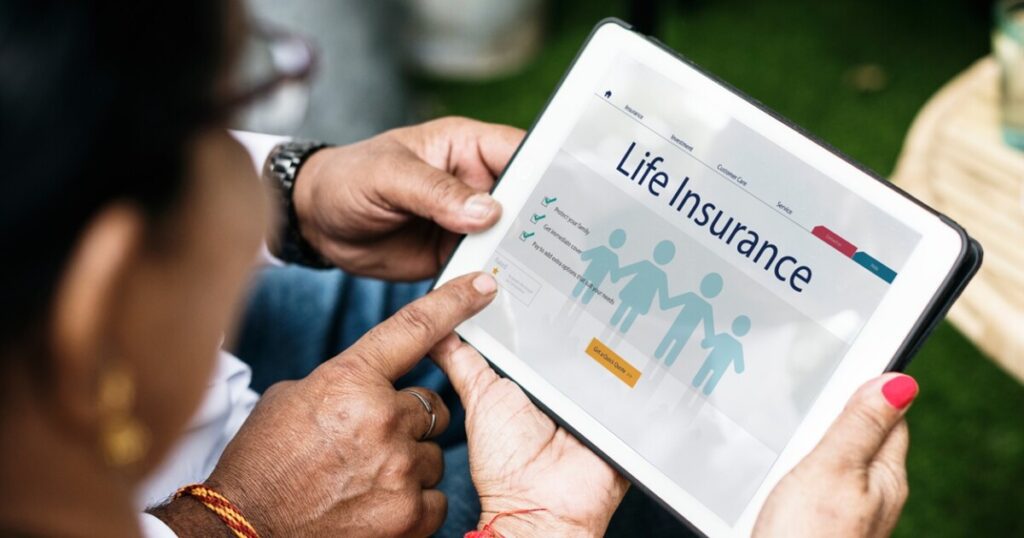Do consumers understand the ins and outs of life insurance?

Life insurance plays an important role in providing for loved ones and dependents when an insured dies, enabling them to have some measure of financial security. A new study from Corebridge Financial examines how consumers view and use life insurance, finding that while many understand the fundamentals of life insurance, approximately 50% do not have coverage and another 9% don’t even know if they have it. Women (53%) were more likely than men (45%) to not have coverage, and 11% of women and 7% of men said they didn’t know if they had coverage.
In a written interview with Digital Insurance, Tim Heslin, president of life insurance at Corebridge shared some insights from the survey. “Our new Corebridge Financial Life Insurance Insights & Awareness Survey reveals quite a bit about where Americans understand life insurance and where there is more to learn. By far, the biggest misperception about life insurance is cost,” says Heslin.
“What’s especially interesting is that while the lowest point of understanding was around cost, the strongest point of knowledge was too. Even more, cost shows up as another important extreme in our research; cost is cited as the main reason why Americans have not yet purchased a life insurance policy, at levels more than double the next reason selected. While there are some strong misperceptions around cost, we see this as a real opportunity for our industry to educate consumers on just how affordable life insurance can be.”
He compares the cost of a term life insurance policy for $250,000 in coverage for a healthy 30-year-old to roughly the same amount they’d spend monthly on a streaming service, approximately $15 per month. “Still, 16% of respondents to our survey thought the cost would be more than double that price, and another 16% thought it would be more than triple.”
Heslin says this cost disparity provides “a great opportunity to help clients understand that life insurance is more affordable than they might think.”
The survey found that the majority of respondents (80%) understood that the cheapest time to buy life insurance was when they were young and healthy. Seventy-two percent also knew that some term policies could be converted to permanent life insurance before the end of the policy and the same percentage were aware that life insurance can actually provide benefits while the policyholder was still alive.
The role of technology in life insurance
As many aspects of insurance are evolving with the increased use of technology, life insurance is seeing multiple benefits from this adoption. “Technology is creating more flexibility in the application process, both for customers and their financial professionals,” says Heslin, citing the benefits of the company’s end-to-end application platform.
“For Gen Z and millennials, a self-completed health questionnaire might be the preferred way to go so they can complete their application where and when they want. Still, many from these generations might prefer to sit down with an expert to go through the details of their application and to talk through how their life insurance policy fits in with their overall financial plan. When technology delivers ease-of-use, efficiency and intuitive design, that’s a win for everyone,” he says.
While technology can expedite various aspects of the life insurance process, its success truly depends on its adoption by policyholders, and younger customers seem to be particularly willing to utilize technology to expedite the process. “We believe the younger generations are looking for quick answers and quick results,” explains Heslin. “For their entire lives, Gen Z and millennials have been able to source product information on demand. We see this same ‘need for speed’ in our research—46% of millennials and 40% of Gen Zers say that if they could find out they could get life insurance within 24 hours of submitting their information online, then that would be an incentive for them to purchase a policy.”
Heslin shares that in some cases, automating the life insurance process can allow an applicant using an online portal to be issued a policy almost as soon as they finish the application process, greatly shortening the amount of time previously required for policies.
As the insurance industry continues to expand its use of technology, one important aspect stands out for Heslin. “While I am very excited about how our industry is capitalizing on new opportunities through technology, my first thought goes to something more fundamental. Those of us that work in life insurance should always remember the incredible difference we can make in people’s lives. Through our products and the protection they provide, Americans can have peace of mind that, come what may, their loved ones will be cared for financially. The importance of this security is difficult to understate.”
See moreThe vital role of cybersecurity in life insurance20 insurers with the largest life insurance market share



